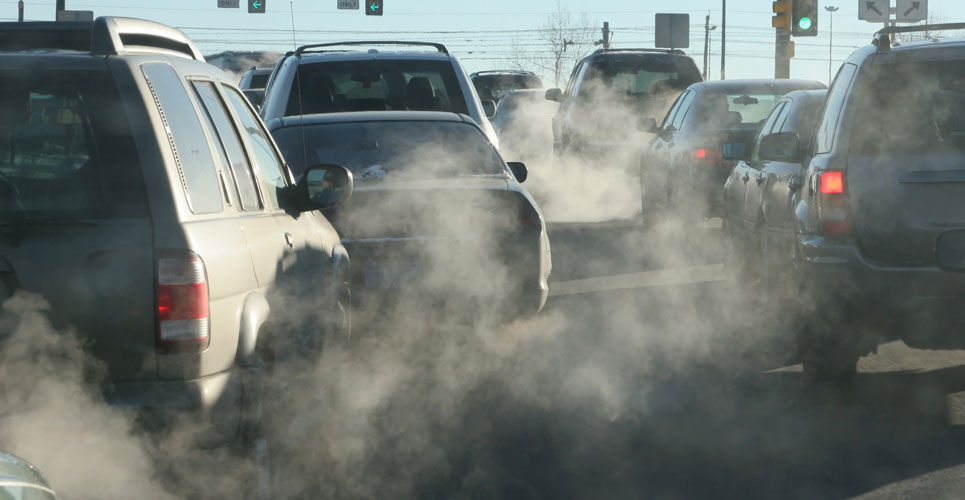Exposure to particulate matter in air pollution is associated with an increased risk of lung cancer in people who have never smoked.
Exposure to the particulate matter present in air pollution provides a mechanism through which lung cancer can develop among individuals who have never smoked according to the findings of research presented at the European Society for Medical Oncology (ESMO) Congress 2022 by scientists of the Francis Crick Institute and University College London.
Globally in 2020 there were an estimated 2.21 million cases of lung cancer and 1.80 million deaths. There are two primary forms of lung cancer, small cell lung cancer and non-small cell lung cancer (NSCLC), with this latter form accounting for approximately 84% of all cases.
It has been recognised for several years that particulate matter in outdoor air pollution with a size of at least 2.5 micrometres, leads to an 18% higher risk of lung cancer among those who had never smoked. However, the mechanisms driving this increased risk among those who do not smoke has remained unclear.
In the study presented at the ESMO congress, researchers focused on lung cancers due to a mutation in the epidermal growth factor receptor (EGFR), which is a transmembrane receptor tyrosine kinase protein, expressed in some normal epithelial, mesenchymal, and neurogenic tissue.
Moreover, research suggests that EGFR protein expression is a risk factor in patients with NSCLC. Using normal lung tissue samples from humans and mice, the team investigated the consequences of increasing 2.5um particulate matter (PM2.5) concentrations with cancer risk.
Particulate matter exposure and cancer risk
Samples were analysed from 463,679 individuals and the team found that increasing PM2.5 levels were associated with a greater risk for EGFR mutated NSCLC samples from England, South Korea and Taiwan.
This was also associated with an increased risk of mesothelioma (hazard ratio, HR = 1.19), lung (HR = 1.16), anal (HR = 1.23), small intestine (HR=1.30), glioblastoma (HR=1.19), lip, oral cavity and pharynx (HR = 1.15) and laryngeal carcinomas (HR = 1.26) in UK Biobank samples, for each 1 ug/m3 PM2.5 increment.
A further interesting finding was the presence of EGFR driver mutations in 18% of normal lung samples and a further mutation (KRAS) in 33% of samples.
The team also showed that PM promoted a macrophage response and a progenitor-like state in lung epithelium harbouring mutant EGFR. Consistent with particulate matter promoting NSCLC in at-risk epithelium harbouring driver mutations, PM increased tumour burden in three EGFR or KRAS driven lung cancer models in a dose-dependent manner.
Charles Swanton who presented the findings at ESMO, said: ‘We found that driver mutations in EGFR and KRAS genes, commonly found in lung cancers, are actually present in normal lung tissue and are a likely consequence of ageing. In our research, these mutations alone only weakly potentiated cancer in laboratory models.
‘However, when lung cells with these mutations were exposed to air pollutants, we saw more cancers and these occurred more quickly than when lung cells with these mutations were not exposed to pollutants, suggesting that air pollution promotes the initiation of lung cancer in cells harbouring driver gene mutations.
‘The next step is to discover why some lung cells with mutations become cancerous when exposed to pollutants while others don’t.‘

